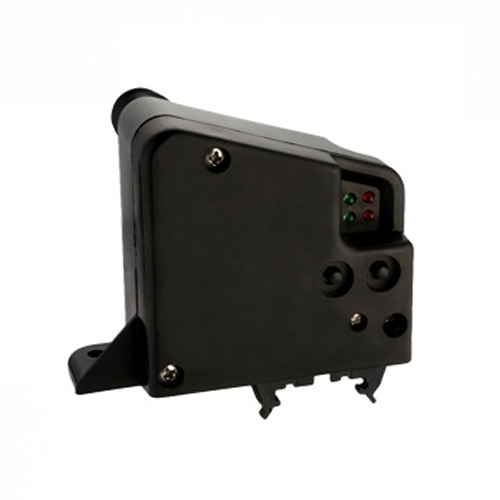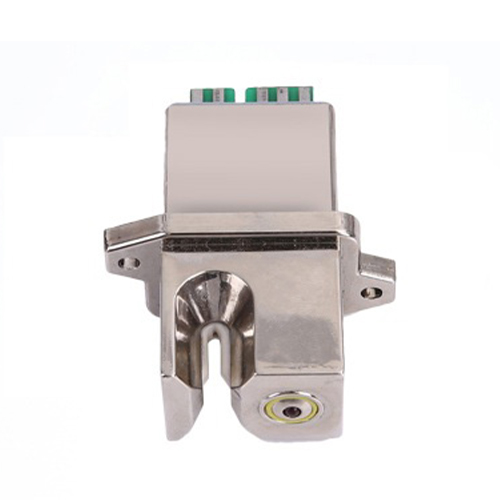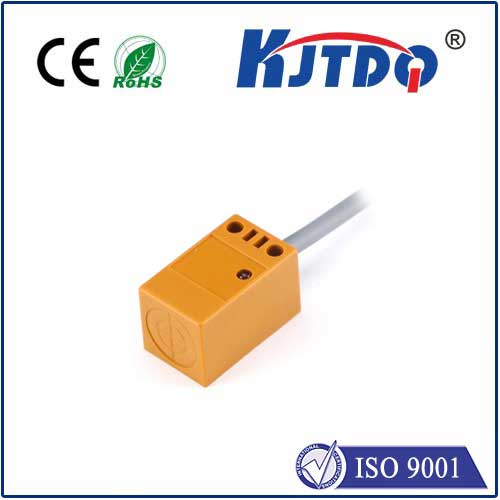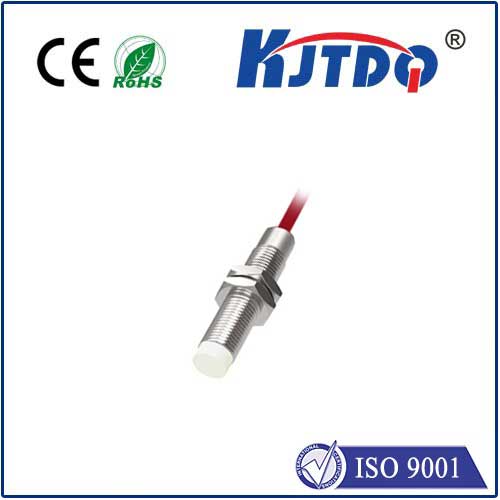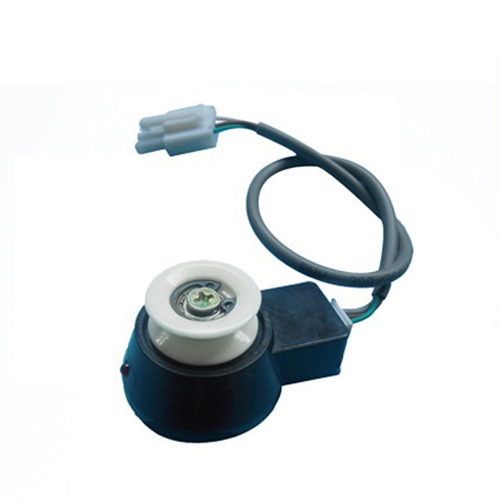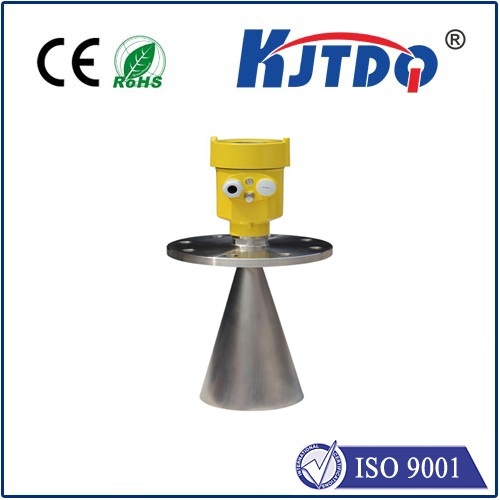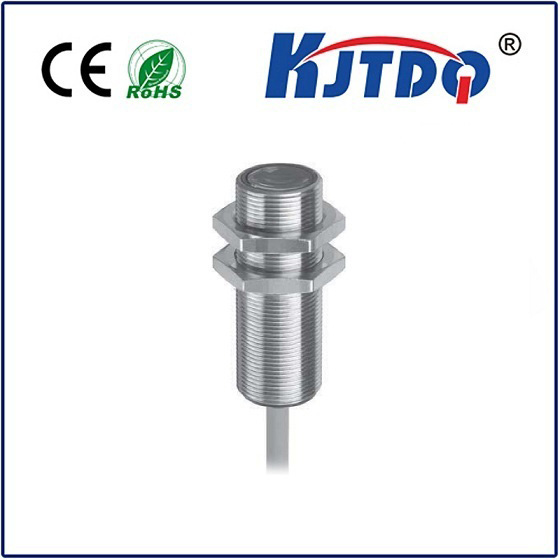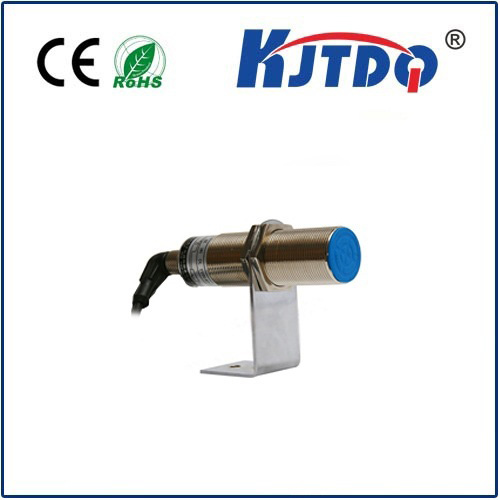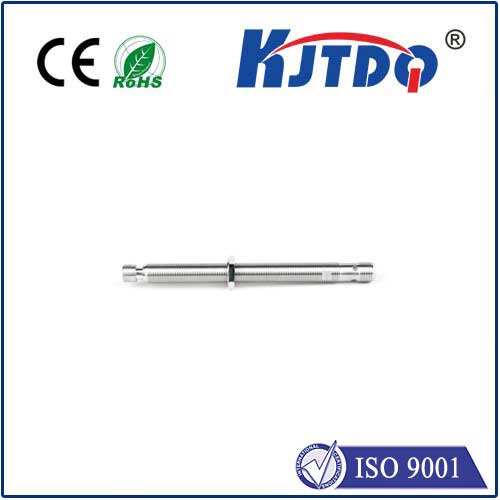BES010F proximity sensor
- time:2025-10-15 04:22:04
- Click:0
BES010F Proximity Sensor: Your Key to Reliable Automation Without Contact
Tired of unreliable detection causing costly downtime or safety headaches in your automated systems? Finding a sensor that consistently performs in demanding industrial environments is crucial. Enter the BES010F proximity sensor – engineered to deliver precise, non-contact object detection where it matters most.
Understanding the Bedrock: What is a Proximity Sensor?
At its core, a proximity sensor detects the presence or absence of an object without requiring physical contact. Unlike mechanical switches that wear out, proximity sensors use electromagnetic fields, light, or sound to sense targets reliably over time. Among these, inductive proximity sensors, like the BES010F, are exceptionally popular in industrial automation. They excel at detecting metallic objects (steel, aluminum, brass, etc.) by generating an electromagnetic field. When a metal target enters this field, it causes a detectable change – typically eddy currents – prompting the sensor to switch its output state. This contactless operation is fundamental to their longevity and resistance to wear.
The BES010F Proximity Sensor: Designed for Industrial Grit
The BES010F isn’t just any inductive sensor; it embodies design choices focused on real-world operational demands. Let’s dissect its unique capabilities:

- Built to Endure: Engineered for challenging settings, the BES010F typically boasts an IP67 or IP68 rating. This signifies excellent protection against dust ingress and prolonged water immersion, making it suitable for washdown environments or outdoor applications (always verify the specific IP rating for your model variant).
- Wide Operating Range: Expect robust performance across a broad temperature spectrum, often functioning reliably from -25°C to +70°C (-13°F to 158°F). This thermal resilience ensures stable operation in freezing warehouses or near hot machinery.
- Superior Electrical Performance: Designed for seamless integration into industrial control systems (PLCs), it commonly features DC voltage operation (e.g., 10-30V DC) with multiple output configurations (NPN/PNP, normally open/closed). Key specifications include short-circuit and reverse polarity protection, safeguarding both the sensor and your circuitry.
- Enhanced Sensing Immunity: A standout feature of the BES010F is its exceptional resistance to electromagnetic interference (EMI). This translates to stable switching behavior even when installed near variable frequency drives (VFDs), heavy motors, or welding equipment, eliminating nuisance tripping.
- Consistent Detection Range: While specific sensing distances vary based on target material and sensor size (e.g., M8 or M12 threaded barrel), the BES010F is calibrated to provide repeatable and dependable detection within its specified range.
Why Choose the BES010F? Unpacking the Key Advantages
Selecting the BES010F proximity sensor brings tangible benefits to your operations:
- Unmatched Reliability: Its robust construction and high immunity to environmental factors and electrical noise ensure it consistently detects targets, minimizing false signals and unexpected machine stoppages. This translates directly to increased uptime.
- Minimal Maintenance, Maximum Uptime: The totally non-contact principle means there are no moving parts to wear out or mechanical components requiring lubrication or adjustment. Install it and forget it, reducing maintenance costs and hassle.
- Extended Service Life: Built with industrial-grade materials and electronics specifically chosen for longevity, the BES010F offers a significantly longer operational lifespan compared to mechanical switches or less robust sensors.
- Versatility Across Applications: From harsh factory floors to clean packaging lines, its ruggedness and reliable detection of metals make it suitable for a vast array of industrial automation tasks.
- Cost-Effective Operation: Combining low maintenance needs, high reliability preventing costly downtime, and long life, the BES010F delivers excellent return on investment (ROI) over its lifetime.
Powering Efficiency: Where the BES010F Shines
The BES010F proximity sensor finds critical roles in countless industrial scenarios demanding dependable, non-contact detection:
- Position Verification: Confirming the presence or correct placement of metal parts on assembly lines, conveyors, or within machining centers.
- End-of-Travel Detection: Safely and reliably signaling when a cylinder has fully extended or retracted in pneumatic systems.
- Object Counting: Accurately tallying metal packages, cans, or parts moving past a point on a production line.
- Speed Monitoring: Detecting teeth on rotating metal gears or sprockets for RPM measurement or synchronization.
- Machine Tool Safety: Used as limit switches to prevent over-travel on lathes, mills, or robotic arms, protecting both machinery and operators.
- Level Sensing: Detecting the presence (or absence) of liquid in metal tanks via a float containing a metallic trigger.
- Security Systems: Triggering alarms or access controls when metal doors or hatches are opened.
Selecting the Right Fit: Key Considerations (Beyond Just Model Number)
While the BES010F offers significant advantages, ensuring it’s the optimal choice involves evaluating your specific application needs:
- Sensing Distance: Determine the required nominal sensing range (Sn) and factor in any reduction factors for specific target metals (e.g., stainless steel is detected at a shorter range than mild steel).
- Target Material: Inductive sensors primarily detect metals. While the BES010F is effective, detection range varies based on the metal type and size/shape of the target.
- Mounting Constraints: Consider the physical space available. The BES010F typically comes in compact cylindrical housings (M8 or M12 diameters are common). Ensure you can mount it correctly, considering flush or non-flush mounting capabilities (non-flush sensors offer longer ranges).
- Electrical Requirements: Match the sensor’s voltage (e.g., 10-30V DC), output type (NPN sinking, PNP sourcing), and switching logic (NO/NC) to your PLC or controller’s input card specifications.
- Environmental Factors: Verify the specific IP rating (IP67/IP68) is sufficient for your level of dust, moisture, or chemical exposure. Also, confirm the operating temperature range aligns with your environment.
Integrating for Peak Performance: Best Practices
To maximize the reliability and longevity of your BES010F proximity sensor:
- Mount Securely: Ensure the sensor is firmly fixed to prevent vibration-induced damage or shifting alignment.
- Respect Sensing Distances: Always install within the nominal sensing range, accounting for any reduction factors. Avoid mounting too close to metal backplanes if using a non-flush sensor.
- Mind the Environment: Protect the sensor cable from abrasion, sharp bends, and excessive tension. Use appropriate strain relief. In EMI-heavy areas, ensure proper grounding practices.
- Electrical Connections: Double-check wiring against the sensor’s datasheet and your PLC manual. Ensure clean, tight connections and use shielded cable in noisy environments, grounding the shield appropriately at the controller end.
- Regular Inspection: Periodically check the sensor face for buildup of dirt, metal chips, or other debris that could impede detection. Clean carefully if necessary. Verify the detection signal visually if LED indicators are present.
Embracing the BES010F proximity sensor means investing






